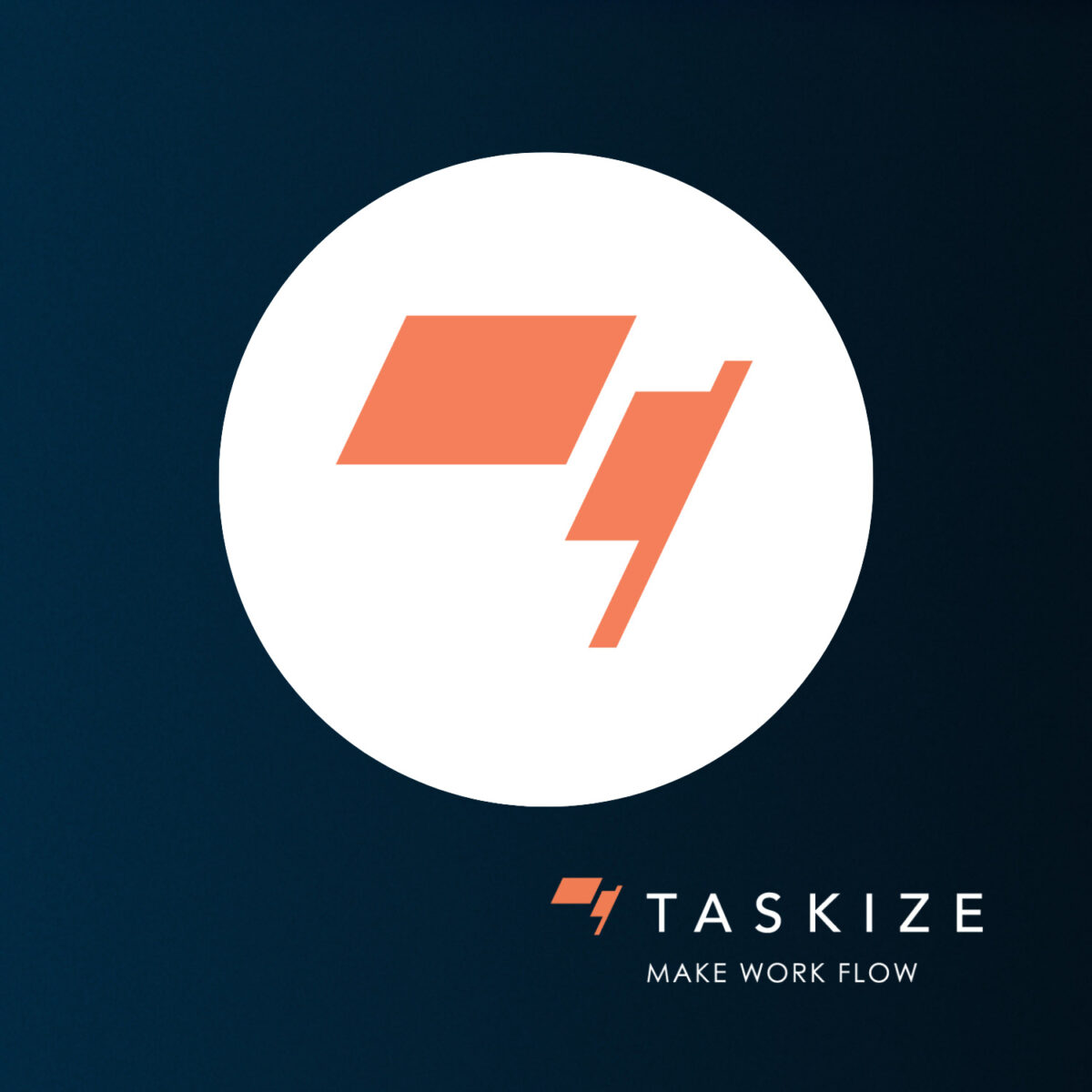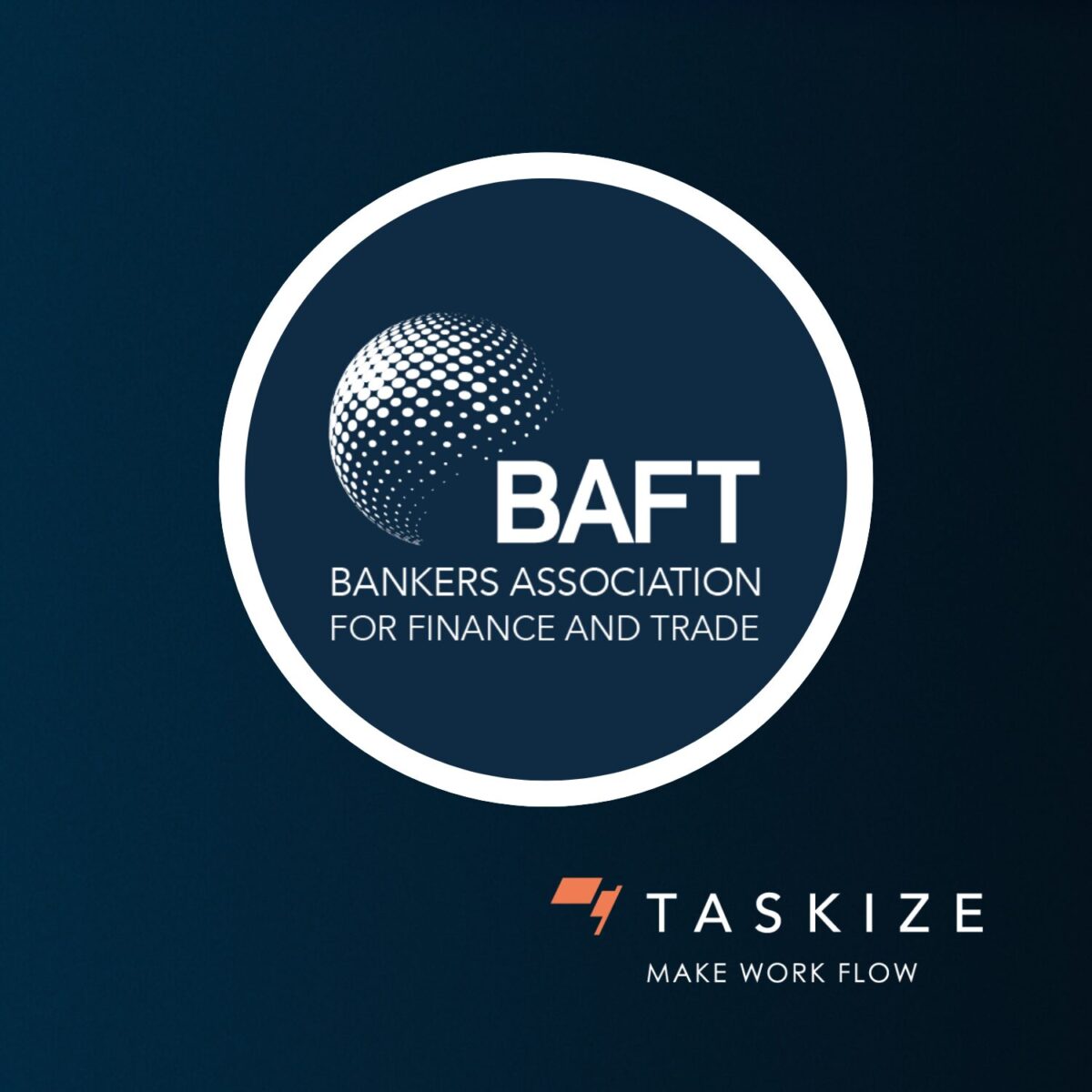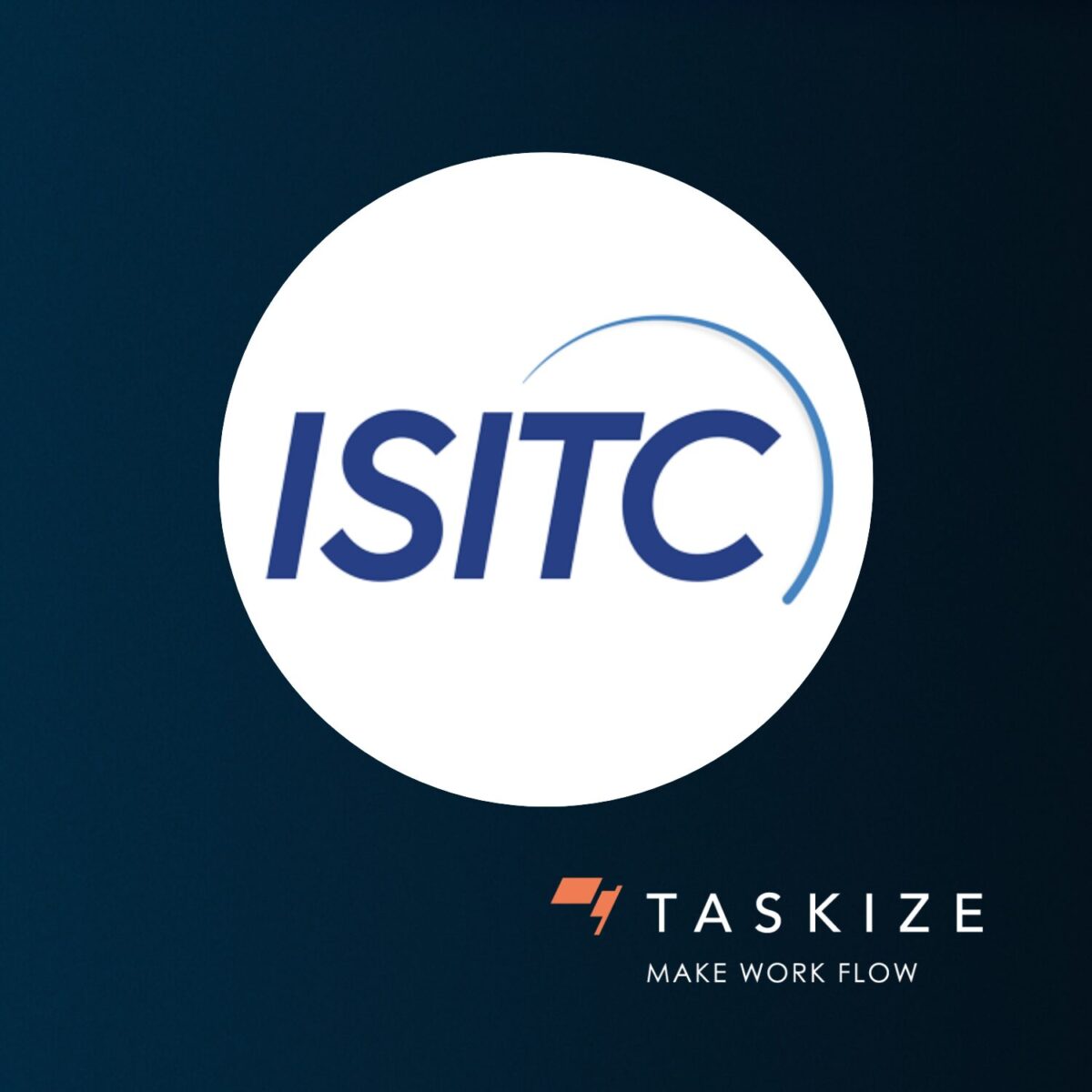Press releases
The banking industry is in need of a collective response to a collective challenge. By nature, banks compete with each other for client business through proprietary solutions. But every once in a while, banks need to come together to tackle a common problem, coalescing around a common solution upon which all banks can build for the future, and as an industry better serve their clients.
Now is such a time. The transformative impacts of wide-ranging regulatory reforms, prevailing macro-economic conditions, and resulting pressure on revenues require banks’ to adopt operating models based on much greater levels of automation and standardisation, both to improve process efficiency and support deep partner integration along the financial supply chain. By thus reducing operational complexity and cost, banks can focus more clearly on customer value and service levels.
But the scale and urgency of this challenge demands a faster response than the committee-based consensus-building processes that previously drove the collective development of trading, settlement and market data networks. If a flexible, scalable utility model can support collaboration and best practice, while helping banks to overcome legacy infrastructures, the industry can leverage this fourth problem solving network to improve and integrate workflows, and eliminate bottlenecks, duplication and over-capacity. Banking will put itself on the road to becoming the modern, lean business it needs to become to serve today’s economy – and tomorrow’s.
Competition and consensus
At crucial times in the development of the industry, banks have often reacted to common challenges on a collective basis, often taking advantage of technology innovation to improve information and transaction flows.
The development of clearing houses for payments and central counterparties for securities responded to specific industry needs for greater process efficiency. Over the past 40 years or so, the SWIFT financial messaging network and the FIX protocol stand out as examples of the industry’s ability to collectively deliver utility-type solutions, upon which competing, interoperable services can be built.
Today, extensive global networks already exist in trading, settlement and market data. But anyone who has been involved in the development of financial message standards – whether the FIX protocol in the front offices of securities market participants or more recently ISO 20022, the standards framework gradually adopted by securities and payments infrastructures – knows the work is far from glamourous. Nor is it efficient. Decade-long consensus-building will not deliver the tools required to construct the flexible operating infrastructure banks need in the timescale available.
Clear and present dangers
Why the urgency? In short, it is because the existing networks of trading, settlement, and market data, do not fully equip the industry to face today’s challenges.
The case for adapting rapidly to change is overwhelming: a major systemic shock followed by wide-ranging reforms touching every aspect of the industry, but especially its access to capital; a prolonged revenue-shrinking period of low economic growth and interest rates, with an outlook of profound geo-political uncertainty; and an era of technology innovation with the pace, breadth and disruptive power to revolutionise customer expectations and equip ‘fintech’ firms to develop new value propositions that could usurp established leaders.
Prior to the global financial crisis, the banking industry enjoyed several decades of sustained, indeed spectacular, growth. But behaviours, structures and systems that were suited to the needs of one era can outlive their useful purpose and slow the ability of the banking industry to respond to new realities. While many of the post-crisis reforms were necessary, they have not always helped banks to rebuild relationships and franchises, with regulatory reform and macro-economic conditions cramping room for manoeuvre and often obscuring the path to a sustainable long-term strategy.
And in truth, the existing networks were struggling to fulfil their purpose before the banking industry’s operating environment was turned upside down by the financial crisis. While the banks’ front-offices appear to have succeeded in delivering the ability to trade all around the world seamlessly, the messy back-office world of settlement is hidden behind a veil of client servicing staff who work valiantly to fix things as errors occur. Banks have invested in some automation and process improvement so that fails are less frequent, albeit inconsistently. But many transaction-based errors and exceptions continue to take a long time to clear up because they require input from or negotiation with external counterparties. Even for banks with first-rate exception management systems and work-routing in place, there is no answer when the problem lies beyond the boundary of the organisation.
Building the fourth network
A fourth network is needed not only to address existing problems that have been ignored too long, but also to tackle new ones that are forcing banks to radically re-think their business and operating models. What is needed is an ability to manage work as it flows between firms, on a scalable, integrated and cost-effective basis. Fortunately, a flexible, problem-solving network could be the answer to both challenges.
It is becoming clear that banks’ business strategies for the next decade must factor in lower margins and higher levels of customer service, transparency and flexibility. To this end, a new level of inter-operability and industrialisation of banking processes must be supported, centred on greater levels of automation and standardisation than achieved to date. While banking may appear to be characterised by complexity and inter-dependency, in truth banks aren’t connected enough at the operational level to support the relationships and service provision between them. In other sectors, commercial relationships between rivals – such as the one that sees Samsung supply memory to Apple – are underpinned by a high degree of automation and standardisation and deep partner integration along the supply chain.
There are lots of reasons why banking has lagged other industries in developing the processes to support deep supply-chain integration, but the compliance challenges and razor thin margins of the post-crisis environment are already nudging the sector in this direction. One example is the OTC derivatives market, where mandated increases in the velocity and frequency of margin payments threaten to overrun back offices across the industry. In a number of areas of the transaction chain – from portfolio compression to dispute resolution to collateral management – new utility services have been embraced for their ability to fill a clear need using open standards to deliver a high-performance, low-cost, no-fuss service, not unlike how Gmail has revolutionised email. Similarly, a utility-type collaborative platform may well prove the best hope for banks looking to address the increasing pressures on the back office, where the shortcomings of the existing three networks have been shored up by exceptions management tools, and which further regulatory reforms could push to breaking point.
But given the barriers – structural, technological, competitive – how do you create a scalable problem-solving network? We believe the seeds have already been sown by Taskize’s Exception Management as a Service offering, designed to accurate and efficient resolution of transactions flagged as exceptions via collaboration in the back office but with much wider application across the industry.
Taskize features and benefits
A global, flexible but highly robust Exception Management as a Service network, Taskize can match a bank’s tasks, actions and problems to a list of agreed job titles, routing the work to the most appropriate member of staff across counterparties for resolution with minimal configuration. Both tackling exceptions in the back-office and beyond, Taskize provides an easily monitored, configurable and transparent pathway to improving the resolution process – within banks and across the industry – by the application of structured interactions. Key advantages of the Taskize approach include:
Universal and collaborative – With all outstanding actions and problems resident on its task management utility, Taskize can, with appropriate permission, allocate work to the right individuals both internally and to external business partners to solve them faster. Because Taskize is an open, universal platform for collaboration, the entire industry becomes accessible, eliminating the inefficiencies of legacy portals, email escalation, and searching for the right counterpart by phone.
Visibility – Because Taskize presents a single window on all actions and problems, routing tasks to staff internally and externally, its auditable platform can provide senior executives with heightened visibility and control as a streamlined source of MIS, enabling the bank to focus on other priorities.
Easily integrated – Whilst banks continue to manage the existence of multiple legacy systems, new platforms such as Taskize are able to seamlessly integrate and connect with existing ones to help banks to serve clients more efficiently and cost-effectively, without the wholesale replacement of existing systems.
Accelerated resolution / Best practice – As a problem-solving network that links staff to their peers at other locations and firms to fix breaks and resolve shared problems, Taskize has the ability to improve productivity and service levels without major investment costs or implementation delays. Moreover, it has the potential to encourage best practice and drive out exceptions and inefficiencies through shared metrics and in due course the application of artificial intelligence.
Wide application – An open but secure, industry-wide network that can route tasks to those most qualified to tackle them has value well beyond the back office. It can, for example, form the basis of structured, transparent, task-based communication along the supply chain, enabling the operational flexibility that banks will need in the coming decades to keep pace with evolving client demands, market circumstances and regulatory requirements.
The reservations that prevent banks from embracing outsourcing arrangements, collaborative agreements with other service providers and more flexible forms of internal organisation can be tackled through the accountability and accessibility provided by a common network. There are many ways in which banks respond collectively to their common challenges. But empowering operations and improving the information flows between them to support much-needed operational flexibility will yield returns quicker than most.



